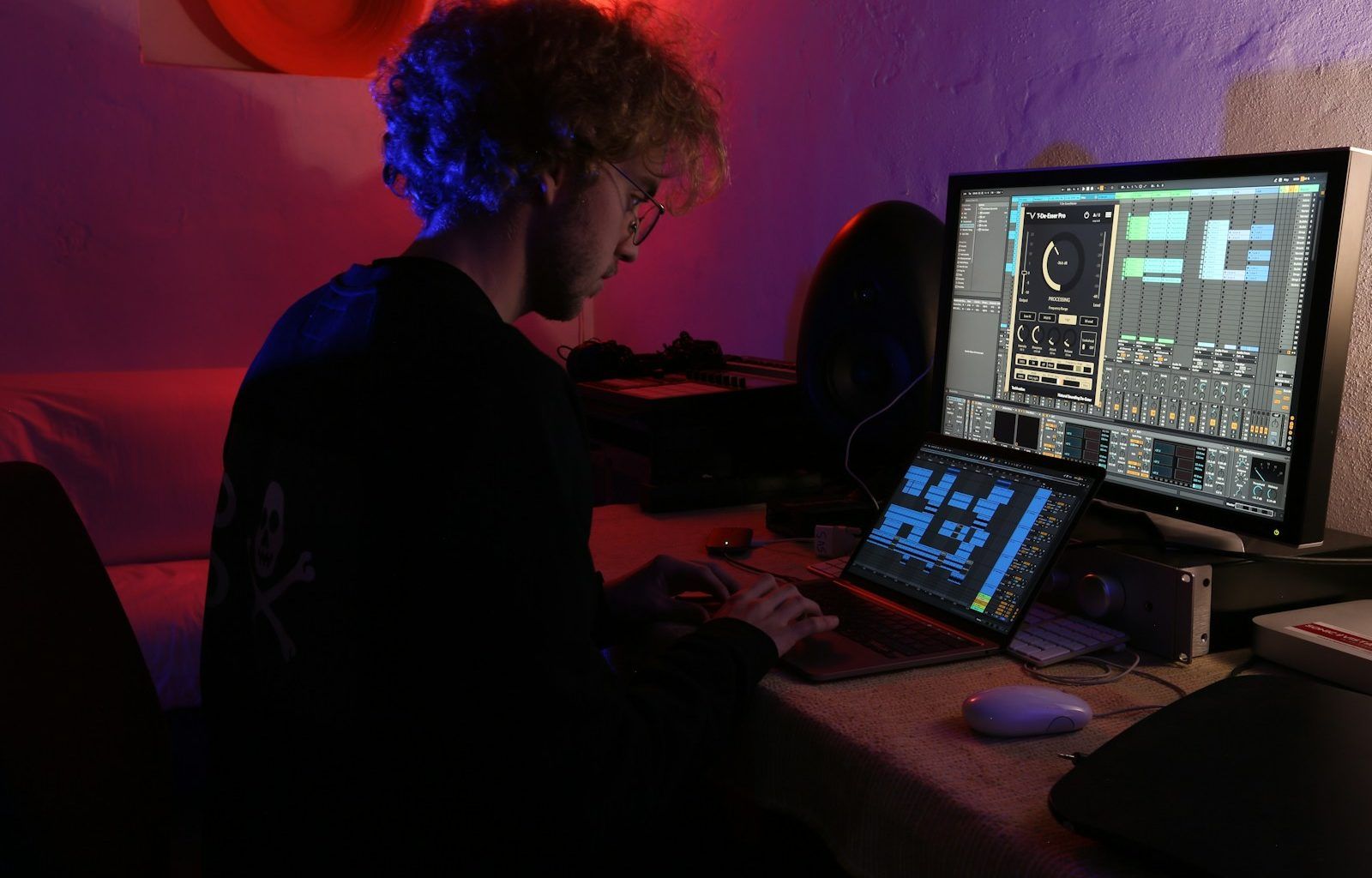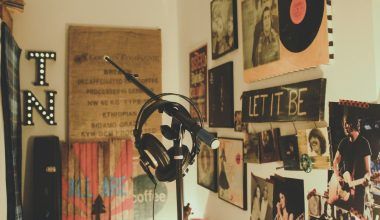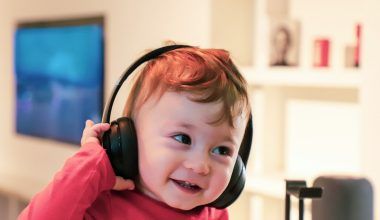Picking the right digital audio workstation (DAW) can feel overwhelming, especially if you’re just starting out in music production. With so many options available, it’s easy to get lost in the technical jargon and endless features. But don’t worry – this guide is here to make things simple and clear. By the end of this post, you’ll have a solid understanding of how to choose a DAW that suits your needs and creativity.
What Is a DAW, and Why Does It Matter?
First, let’s start with the basics. how to choose a daw A DAW is software that allows you to record, edit, and produce music. It’s essentially the centerpiece of modern music production. Whether you’re making beats, recording vocals, or mixing tracks, your DAW is where all the magic happens.
Choosing the right DAW is crucial because it directly impacts your workflow, creativity, and the quality of your music. Think of it as choosing the right set of tools for an artist – you want something that feels intuitive and inspires you to create.
Know Your Goals
Before diving into the different DAWs available, take a moment to think about what you want to achieve. Are you a beginner looking to learn the basics? Or maybe you’re an experienced musician aiming to produce professional-quality tracks? Your goals will help you narrow down your choices.
For instance, if you’re just starting out, you might want a DAW with a user-friendly interface and plenty of tutorials. On the other hand, advanced users might prioritize features like advanced MIDI capabilities, plugin support, and high-quality mixing tools.
Consider Your Budget
Budget is another important factor when choosing a DAW. While some DAWs are free or relatively affordable, others can cost several hundred dollars. Here’s a quick breakdown:
- Free DAWs: Perfect for beginners who want to explore music production without committing financially. Options like GarageBand (Mac users) and Cakewalk (Windows users) are excellent starting points.
- Mid-Range DAWs: These typically cost between $100 and $300 and offer more features and flexibility. Examples include Logic Pro, Ableton Live Lite, and FL Studio.
- High-End DAWs: Professional-grade software like Pro Tools and Cubase can cost upwards of $500 but offer unparalleled power and tools for serious producers.
Keep in mind that many DAWs offer free trials, so you can test them out before making a purchase.
What’s Your Platform?
Another thing to consider is your computer’s operating system. Some DAWs are exclusive to certain platforms. For example, Logic Pro is only available for macOS, while FL Studio and Ableton Live are cross-platform. Make sure to choose a DAW that works smoothly on your computer.
Features to Look For
When exploring DAWs, pay attention to their features. While every DAW can handle basic tasks like recording and editing, some come with extra tools that might be useful for your specific needs. Here are some key features to look for:
- User Interface: Is the layout intuitive and easy to navigate?
- MIDI Capabilities: Do you plan to use MIDI controllers or virtual instruments? Look for strong MIDI support.
- Plugins and Virtual Instruments: Some DAWs come with built-in plugins and instruments, while others rely on third-party options.
- Mixing and Mastering Tools: If you’re into mixing and mastering, ensure the DAW has robust tools for these processes.
- Audio Editing Features: Check for advanced editing options like pitch correction, time-stretching, and audio warping.
Workflow and Ease of Use
Every producer’s workflow is different, so finding a DAW that aligns with your style is important. Some DAWs, like FL Studio, have a pattern-based workflow that’s great for beatmakers. Others, like Ableton Live, are designed for live performances and electronic music production.
Spend some time exploring the layout and features of a DAW to see if it feels natural to you. Many DAWs have a steep learning curve, but they should still feel rewarding as you learn.
Popular DAWs and Their Strengths
Here’s a quick overview of some of the most popular DAWs and what they’re best known for:
- FL Studio: Loved by electronic music producers and beatmakers for its pattern-based workflow and ease of use.
- Ableton Live: Ideal for live performances and electronic music. It’s also great for creative sound design.
- Logic Pro: A favorite among Mac users, offering excellent value for its price with powerful tools for songwriting and production.
- Pro Tools: The industry standard for professional studios, known for its advanced audio editing and mixing capabilities.
- Cubase: Versatile and powerful, suitable for all types of music production.
- Studio One: Known for its drag-and-drop workflow and user-friendly interface.
- Reaper: A budget-friendly option with extensive customization options.
Try Before You Buy
Most DAWs offer free trials, so take advantage of them! This is the best way to see if a DAW fits your needs. During the trial, explore the features, test the workflow, and see if it feels intuitive. Don’t rush this step; finding the right DAW takes time.
Community and Support
Another aspect to consider is the community around a DAW. A strong community means you’ll have access to tutorials, forums, and support from other users. DAWs like Ableton Live and FL Studio have large, active communities, making it easier to learn and troubleshoot.
Final Thoughts
how to choose a daw is a personal decision, and there’s no one-size-fits-all solution. Focus on your goals, budget, and workflow preferences, and don’t be afraid to experiment. Remember, the best DAW is the one that helps you bring your creative vision to life.
For further reading, explore these related articles:
- Exploring the Best Free Music Distribution App for Independent Artists
- Comprehensive Breakdown of Music Distribution Costs for Artists
For additional resources on music marketing and distribution, visit Deliver My Tune.






